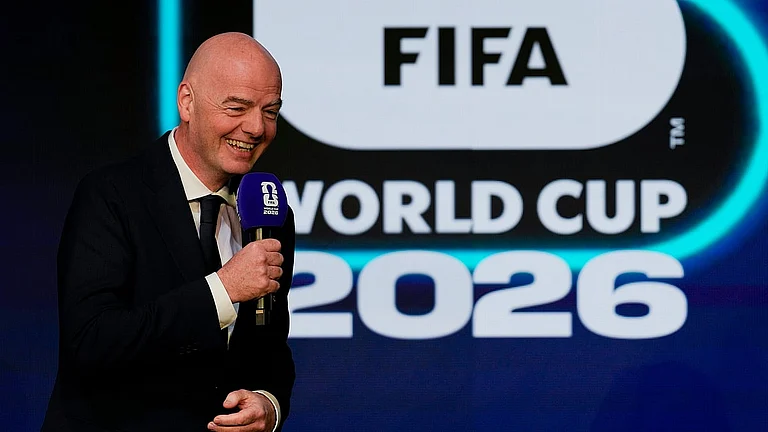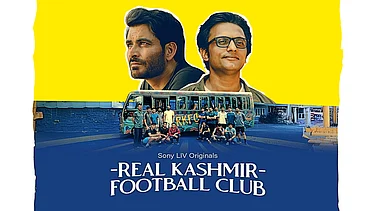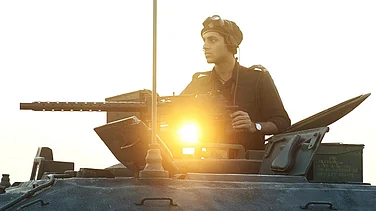Imagine a world where only greed, lust and violence can survive and thrive, a male world where all kinds of brutality and avarice is admitted. No ideal love or happy endings there: each family and social group is a pit of serpents, ruled over by autocrats who want only their clones and slaves to survive. Caught in this web, women either seek refuge in god, adapt or succumb. Any man or woman who dares to transgress is punished with death, insanity or suicide. The narrative world of KG George’s iconic films could only be summarised along these lines. Precisely, why his demise marks the exit not only of an extraordinary auteur but also of a filmmaker who saw through his world and times.
K G George entered the Malayalam movie scene in the mid-70s when it was commercially and aesthetically vibrant. There were hitmakers making blockbusters as well as ‘new wave’ filmmakers experimenting with visual idioms and narrative styles. So, for George, who came out of the Film Institute, it was a challenge to choose and find a path of his own. His debut film Swapnadanam (Journey through Dream/1976) was an intense and experimental psychodrama about male sexual anxiety that leads to the gradual but inevitable dissolution of the protagonist’s mental and social world. In the next couple of years, George plunged into the ‘commercial’ stream, churning out films that neither lived up to his own or the industry’s standards. Soon, he returned to his elements with a bang making a series of films that were searing testimonies about man-woman relationships set in (or caught in) different milieus and social situations. The first film in this phase, Ulkadal (Bay/1978), was a campus love story that achieved a cult following of sorts. In the following years, he made some of the most memorable films in Malayalam that tore apart several notions and institutions that were considered sacrosanct in Malayalam cinema, like romantic love, sexual union and the ideal family. These films also saw some of the most memorable acting performances in Malayalam cinema from artists like Gopi, Thilakan, Shobha, Jalaja, Shuba, Venu Nagavally, Karamana Janardhanan Nair etc.
Though his narrative settings were different, his basic theme was man-woman relationship and the impossibility of love: Mela (Carnival/1980), delves into the closed world of the circus tent, a microcosm of society, where power seeps into every pore of life and love. It was also a film that cast a ‘little person’ as the protagonist, hinting at how all men are midgets when it comes to love. Yavanika (Curtain/1982), another cult classic, is a crime thriller, tragic love story and a milieu drama, all rolled into one. Set in a theatre troupe, the narrative weaves together stage scenes, investigation proceedings and flashbacks, to narrate the sordid drama of love that could express itself only through violence directed at others or self. In the next film Lekhayude Maranam Oru Flashback (1983) the scene shifts to the movie world. It is about the tragic plight of a woman caught in the treacherous web of the movie world. The next two films can be called ‘village stories’: Kolangal (Effigies/1981), set in a seemingly idyllic island, is a narrative that gradually spirals into a tragic drama of corrosive violence and sullen despair. Panchavadipalam (1984) set in a remote village, is at once a dark, hilarious satire on politics, politicking and politicians. Through a series of comic portraits of men and women and encounters between them, the film reveals the layers of corruption - cutting across caste, religion, gender, political and class affiliations- that constitute the drama of ‘democracy’. Adaminte Variyellu (Adam’s Rib/1983), celebrated as a ‘feminist’ classic, weaves together life sketches of three women from different social backgrounds, laying bare the various shades of male toxicity and the tragic destiny that awaits them all.
The next phase in George’s oeuvre delves more deeply and intensely into these themes. At the centre of all these narratives are men and women who are drawn into a vortex of violence that sucks them dry of their humanity, turning them into predators or preys. Irakal (1986) is a close and intimate examination of the micro and macro forms of violence that constitute and breed the institution of the family. Structured like a spiral, the film begins with Baby, a college student, sitting in his hostel room at night, playing with a red electric wire, that he later uses to strangle another student: the dark circle of violence expands to his family and neighbourhood, and ends in a fatal oedipal encounter. Irakal (which inspired the recent hit, Joji) is a clinical study in violence that patriarchy breeds and feeds upon. Kathakku Pinnil (1987), Mattoral (1988) and Ee Kanni Koodi (1990) take these themes to more intense and dramatic levels. They all deal with the workings of various social institutions, where women are either objects of lust, tools in the hands of men, or passive victims. Any attempts on their part to question or transgress are crushed, forcing them to death, insanity, murder or suicide.
The 1990s witnessed a huge transformation in economy, politics and visual media. Privatisation of the economy and communication of politics coupled with the entry of television changed the tone and tenor, themes and forms of cinema art and industry. Malayalam cinema witnessed the emergence of macho heroes spewing communal venom, and superstars growing bigger than directors and films. This environment was not conducive to auteurs like George or to the subversive narratives he dealt with. His attempt to return to filmmaking with Ilavankode Desam (1998) turned out to be a futile exercise; it neither had the intensity of his earlier films nor could it find the right commercial mix.
When one looks back, George’s oeuvre was bracketed by two major junctures in the history of the nation and visual media: his career began during the time of Emergency that saw the rise of the angry young man in Indian cinema; his career effectively ended in the early 1990s, at the time of liberalisation and the TV revolution. His active period (1975-1990) was a dark interregnum of disillusionment and despair, frustration and anger, but also of dissent and rebellion. All the fears and anxieties about family, gender and society that haunted his films assumed monstrous proportions in the next decades. If being contemporary is to apprehend the darkness of one’s times, George was a true contemporary, and his oeuvre will always an inspiration to anyone who thinks or imagines a cinema and a world that could be different.





















